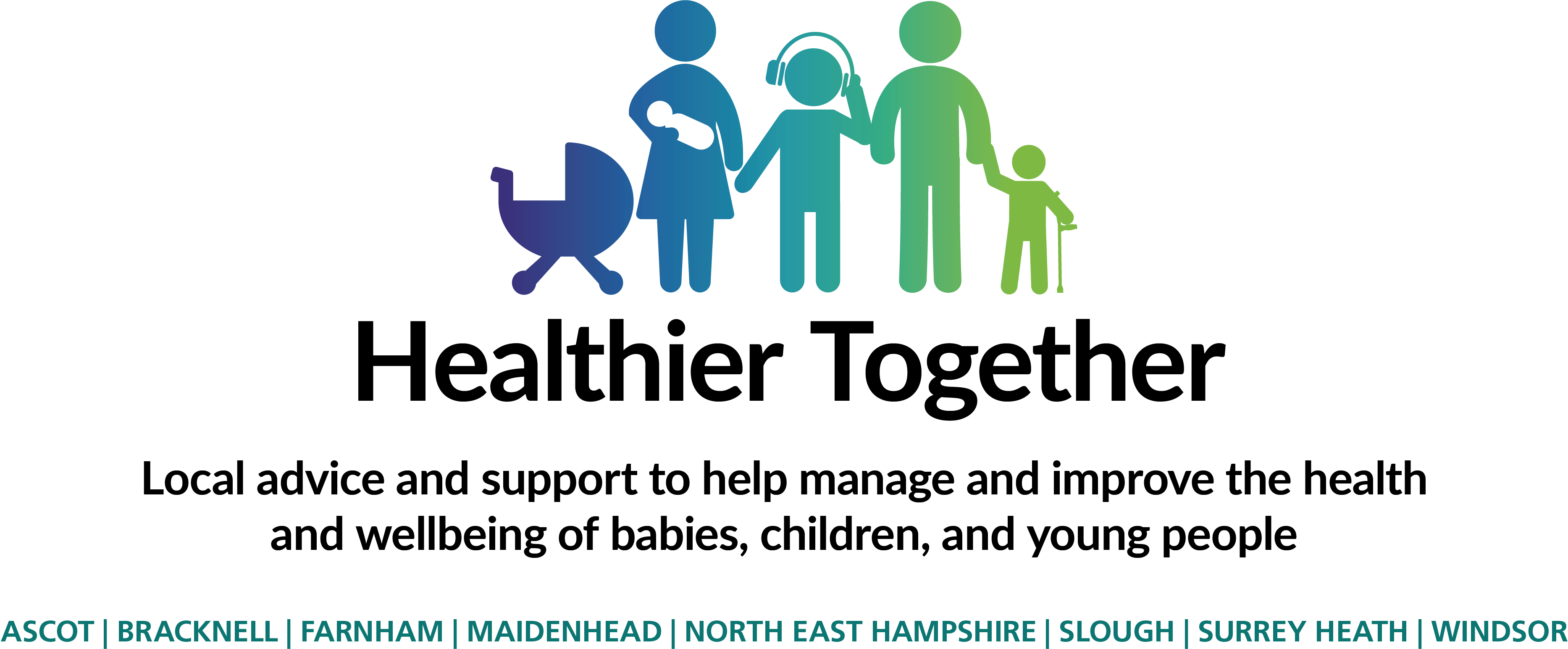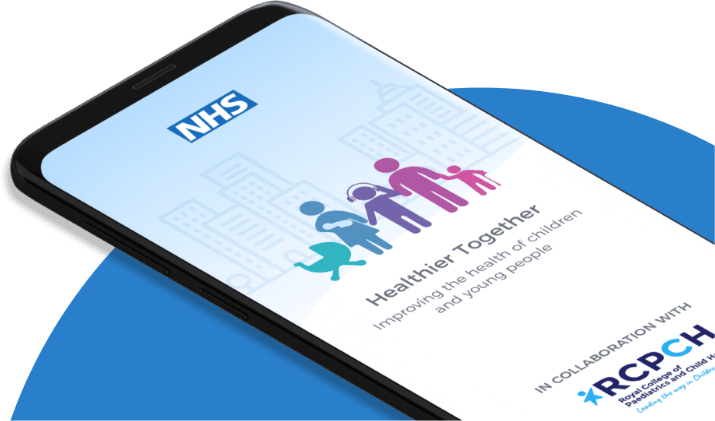Cuts and wounds
Most wounds can be treated at home and will start to heal within a couple of days. However, some wounds may need to be treated by a medical professional.
The advice below should help you decide whether your child’s wound requires further help or whether it can be managed by yourself at home.
If your child has any of the following:
- A cut that will not stop bleeding after 20 minutes of pressing
- The blood comes out in spurts and is bright red
- Numb or tingly near the wound
- A bad cut on the face or the palm of the hand
- A wound that is large or deep (Showing fatty tissue, muscle, or bone)
- There's something stuck in the cut, such as a large splinter or glass – do not try to take it out yourself
- Child under 2
You need urgent help.
Go to the nearest Hospital Emergency (A&E) Department or phone 999
Please commence the following first aid:
- Remove any clothing/jewellery around the injury
- Stop the bleeding by applying pressure to the wound with a clean cloth
- Elevate the injured area if possible
If your child has any of the following:
- A wound that is showing signs of infection (redness, pus from the wound site, warmth or swelling around the area)
- A wound that is the result of a human or animal bite
- Swelling around the injury that is not improving
- Still has pain 2 days after the injury
You need to contact a clinician today
Call NHS 111 – dial 111 or go to your nearest Urgent Care Centre / Minor Injury Unit
Please commence the following first aid:
- Remove any clothing/jewellery around the injury
- Stop the bleeding by applying pressure to the wound with a clean cloth
- Elevate the injured area if possible
- Keep the injured area still – do not try to move it
If none of the above features are present
Self-care
Continue providing your child’s care at home – see below for tips on managing injuries at home.
How can you care for minor wounds at home
- Wash your hands thoroughly with soap and water
- Wash the cut using cool water to gently remove dirt or debris to prevent an infection
- Use direct pressure and elevate to control any bleeding and/or swelling
- Pat the area dry using a clean cloth
- Put on a sterile dressing or plaster
- Apply ice if your child has bruising or swelling – use a thin towel between the ice and your skin
- Avoid picking at the scabs
- Apply sun protection until the wound is completely healed. New skin will burn easily and may cause added scarring
- Pain relief: Give simple pain relief like paracetamol (calpol) or ibuprofen (nurofen) as required. Do not exceed the recommended dose on the instructions
For more information on treating cuts and wounds please click here.





